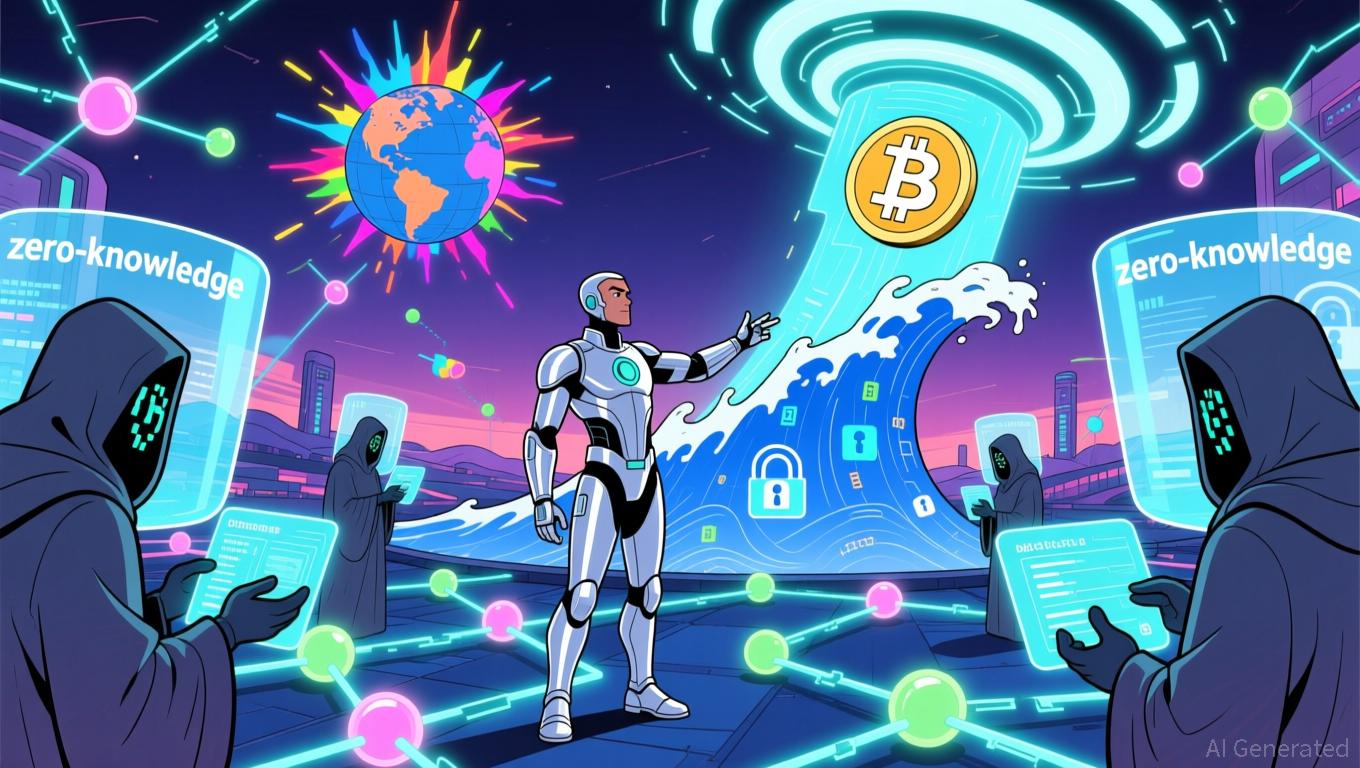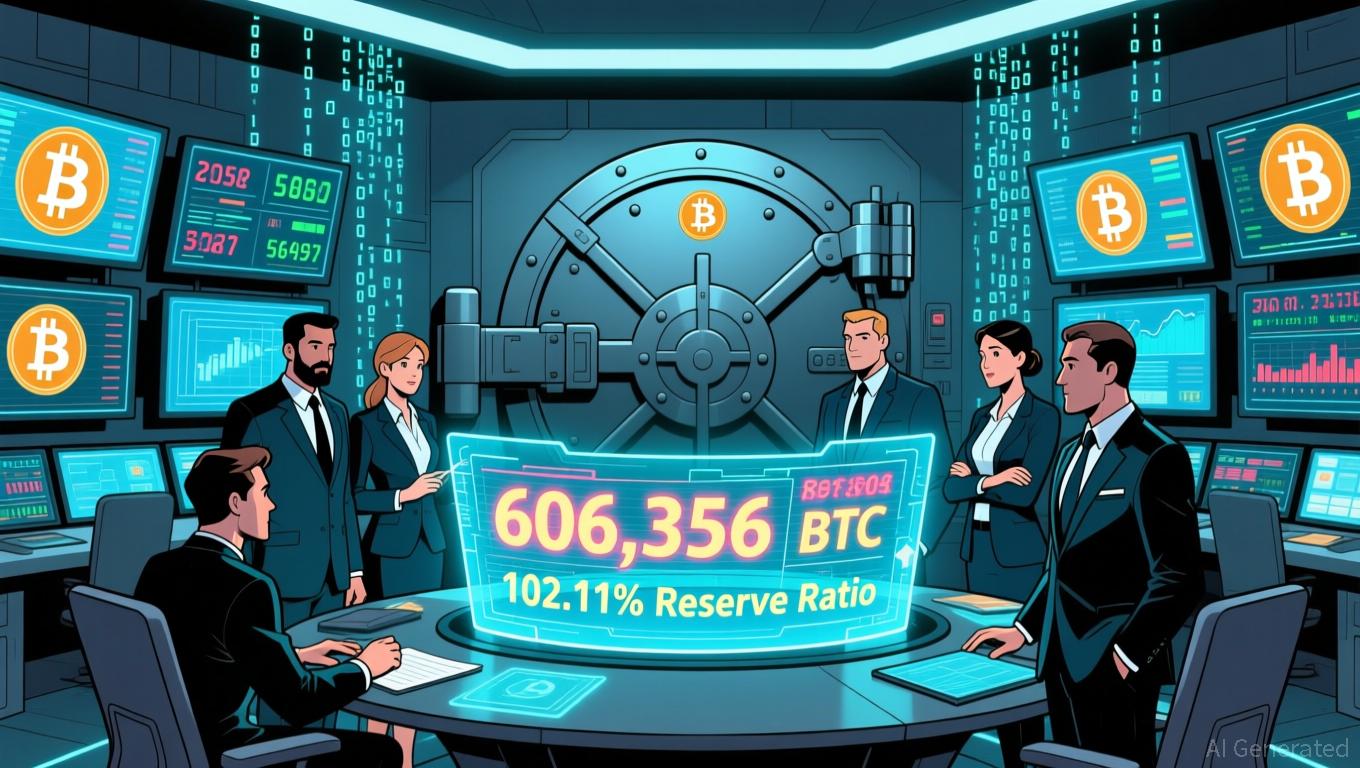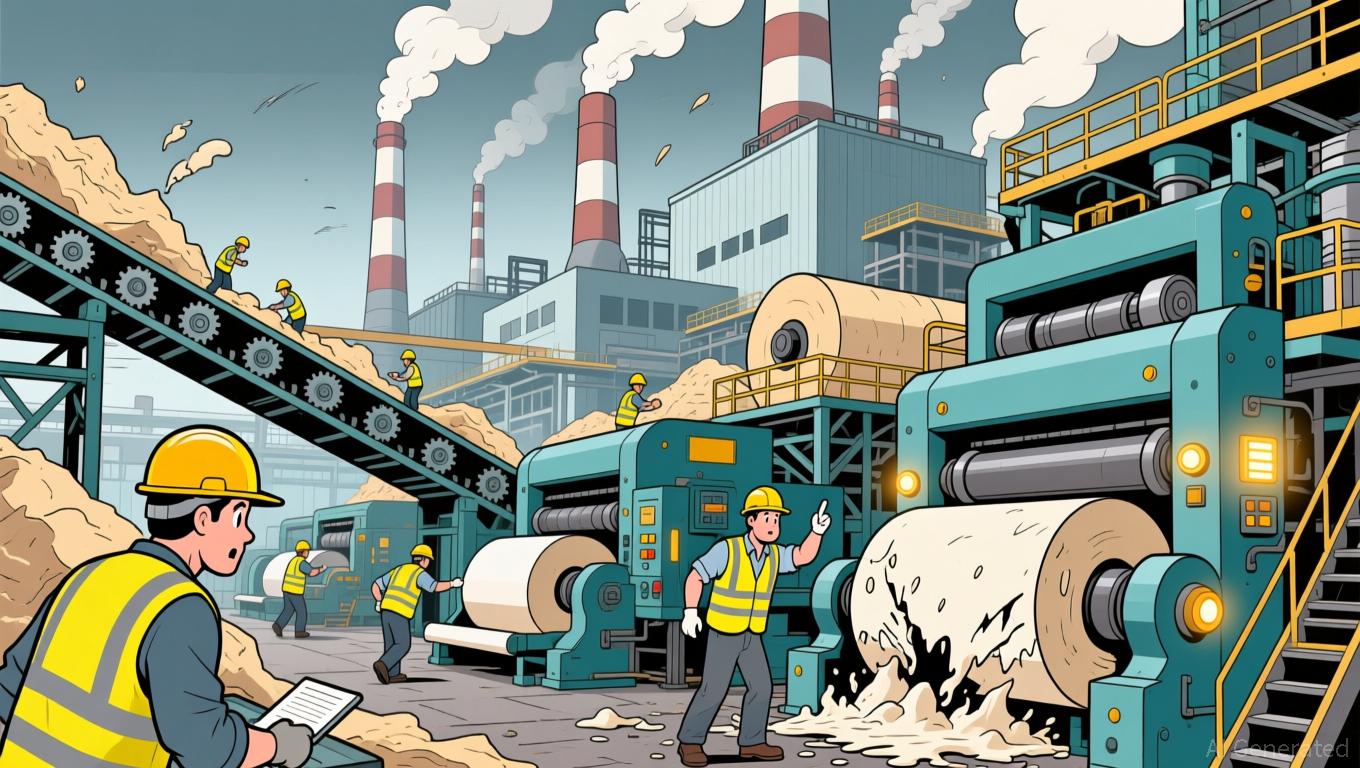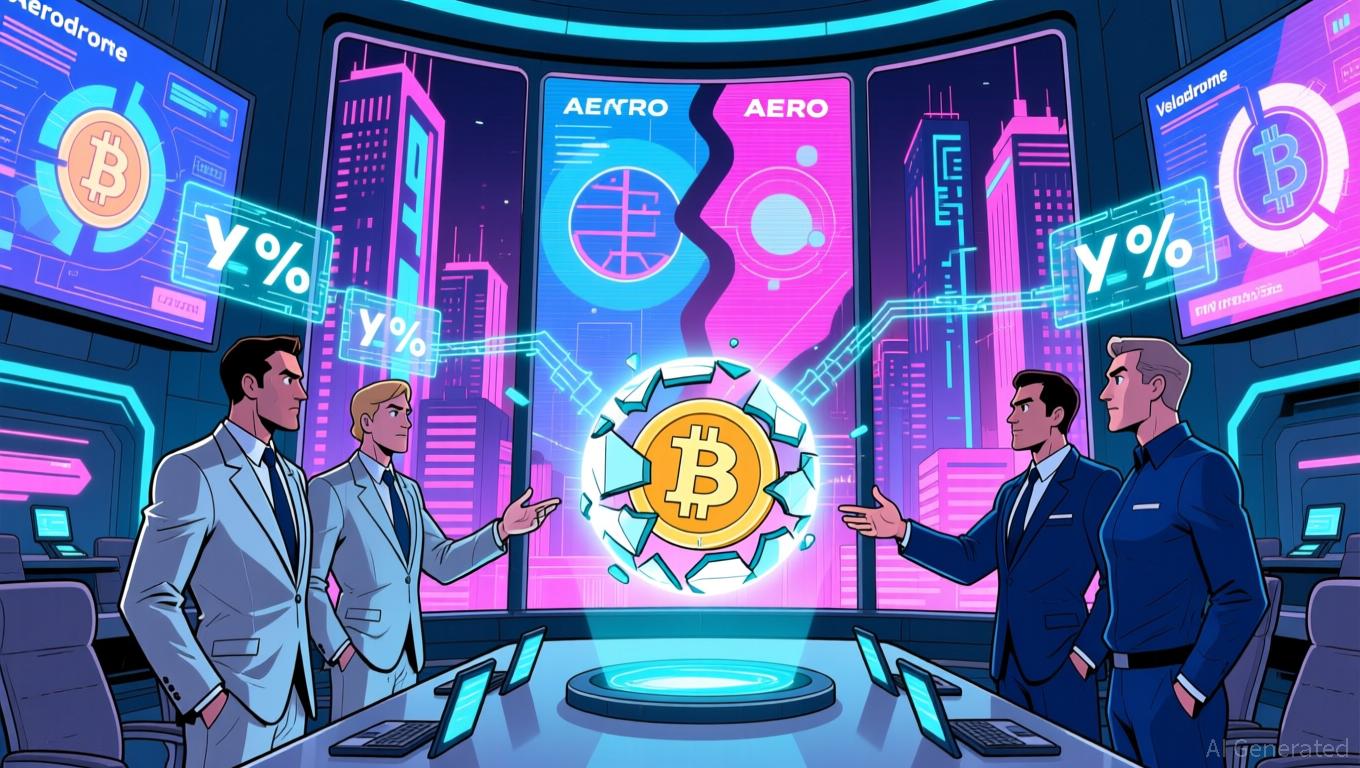Fed Split: Should They Prioritize Fighting Inflation or Supporting Employment?
- Fed policymakers remain divided over prioritizing inflation control or labor-market support, with hawks like Bostic urging rate stability until inflation nears 2%. - Dovish officials argue slowing job growth (29,000 monthly payrolls in late 2024) demands rate cuts to sustain economic momentum despite inflation risks. - Tariff adjustments and delayed economic data complicate decisions, with Treasury's import relief measures facing criticism for potential inflationary rebound. - Looming student loan tax ch
The Federal Reserve has adopted an increasingly cautious stance regarding interest rate reductions, as internal disagreements among policymakers deepen. Officials are divided on whether inflation or a weakening job market represents the more significant risk. Raphael Bostic, President of the Atlanta Fed and known for his hawkish views, reaffirmed his belief that rates should not be lowered until there is "definitive proof" that inflation is moving toward the Fed's 2% goal, according to a report by

Newly announced tariffs have added to the complexity. Treasury Secretary Scott Bessent indicated there would be "significant" tariff reductions on items like coffee, bananas, and other imports to help lower consumer costs, as
Adding to the uncertainty is the prospect of a "tax bomb" for student loan borrowers. Advocacy organizations and Democratic lawmakers have cautioned that debt canceled under income-driven repayment plans will become taxable in 2026, potentially leaving millions with tax bills ranging from $5,800 to $10,000, according to CNBC. Although this issue is separate from monetary policy, it highlights the wider affordability challenges influencing economic discussions.
There is no consensus in the markets about the Fed's upcoming actions. While many investors still anticipate a rate cut in December, the odds have lessened as hawkish voices advocate for maintaining current rates, as Investing.com reported. Should a December cut occur, it would likely flatten the yield curve and weaken the dollar, which could benefit emerging markets and commodities such as gold and copper, according to Investing.com. Conversely, postponing a rate reduction could lead to a sharp increase in Treasury yields and a downturn in stock prices.
Disclaimer: The content of this article solely reflects the author's opinion and does not represent the platform in any capacity. This article is not intended to serve as a reference for making investment decisions.
You may also like
Cardano News Today: Balancing Privacy and Regulation: Three Cryptocurrency Initiatives Transforming the Industry
- Privacy-focused blockchains gain traction as Zcash (ZEC) surges 1,172% YTD, leveraging zk-SNARKs for 20-25% shielded transactions. - Midnight (MIDNIGHT), a Cardano-based privacy sidechain, combines GDPR compliance with hybrid consensus, attracting institutional interest since 2023. - Cardano (ADA) expands DeFi ecosystem with $500M+ TVL, aligning privacy-first vision with 2025 regulatory clarity to boost institutional adoption. - Privacy coins like Zcash and Midnight reflect growing demand for confidentia

Bitcoin Updates: Surge in Stablecoin Deposits Signals a Bullish Shift for Bitcoin
- Binance's 102.11% Bitcoin reserve ratio and $41B stablecoin inflows in Q3 2025 signal strong liquidity amid bullish market conditions. - Historical patterns show Bitcoin's current liquidity setup mirrors pre-2020 rally conditions, with SSR at 13 indicating potential price rebounds. - Analysts project $110,000-$115,000 targets for Q1 2026, but caution structural support at current levels could precede deeper corrections.

Operational challenges and disagreements among investors have cast uncertainty over Cloud IP's projections for 2028
- International Paper (IP) reports $1.1B Q3 loss despite $6.22B sales, with 2025 net sales projected at $24B amid mill reliability challenges. - Extended Sylvamo supply agreement through 2026 highlights asset optimization but raises execution risks as Riverdale Mill conversion threatens supply chain stability. - Institutional investors show mixed stances: Resona increased 9.5% stake while BMO cut holdings by 26.5%, reflecting uncertainty over -381.30 P/E ratio and 4.9% dividend yield. - Analysts remain spl

Ethereum Updates Today: Aero Connects Blockchains as DeFi Moves Entirely On-Chain
- Aerodrome and Velodrome merge to form Aero, a cross-chain DeFi hub launching Q2 2026, unifying Ethereum Layer 2 liquidity and expanding to mainnet and Circle's Arc blockchain. - AERO token allocation reflects Aerodrome's 94.5% TVL dominance ($479M vs. Velodrome's $55M), balancing stakeholder incentives while avoiding over-dilution per DeFi governance experts. - Aero introduces arbitrage revenue capture, zero-knowledge integrations, and a unified cross-chain interface, aiming to capture 10-15% of Layer 2
